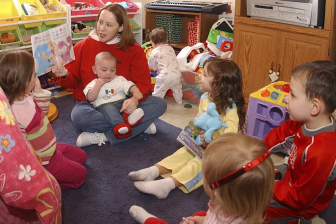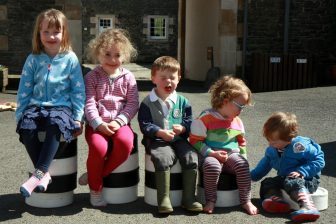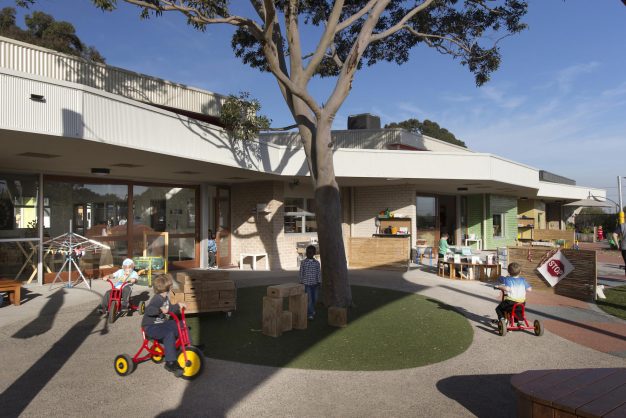
Reopening schools – how do we decide what’s best?
Is it safe for children to return to school? It’s the question being asked by everyone as countries wrestle the importance of children’s education with the potential risk of increased COVID-19 infections. Some cities have even said they will defy their respective government and keep schools closed. Child in the City takes an extended look at some of the approaches being taken in Europe, and what potential lessons can be drawn.
International children’s charity UNICEF recently published guidelines outlining what it called a ‘roadmap’ towards the safe reopening of schools worldwide. They offered practical advice to national and local authorities on how to keep pupils, students and staff safe when they return.
UNICEF has been concerned that the longer schools remain closed, the greater the risk of adverse effects on children. The guidelines say that while there is not yet enough evidence to measure the impact of school closures on transmission rates for COVID-19, what is not in doubt are the effects of prolonged closures on children’s safety and learning.
‘Devastating reversal in education gains’
Henrietta Fore, UNICEF Executive Director, said: “Rising inequality, poor health outcomes, violence, child labour and child marriage are just some of the long-term threats for children who miss out on school. We know the longer children stay out of school, the less likely they are ever to return. Unless we prioritise the reopening of schools – when it is safe to do so – we will likely see a devastating reversal in education gains.”
Of course, denying children the education they are entitled to longer than is absolutely necessary is not something that anyone wants to see. Yet such are the different experiences which countries have had, and continue to have, in terms of infection transmission rates, it’s entirely understandable that many countries differ on their return-to-school policies.
Some countries had a head start on the guidelines, having already partially opened their schools. It’s more than a month since Denmark reopened its primary schools – with social distancing measures in place – and so far it has not led to any noticeable spike in infection rates.
‘Huge efforts of schools’
The Statens Serum Institut (SSI), Denmark’s infectious diseases agency, published a report on 11 May saying that while the coronavirus infection rate initially increased when the first schools were reopened on April 27, from 0.6 to 0.9 transmissions – widely known now as the ‘R’ rate (R = reproduction), which is the average number of people that a single infected person will go on to infect – it had since fallen to 0.7, and was holding steady. Crucially, this is well under 1, which is seen as the dangerous ‘trigger figure’ for infection spreading (back in March, the World Health Organisation said put the average figure at something between 2 and 2.5). Secondary schools were also due to open in Denmark on 18 May, for 12 to 16 year olds, again with strict social distancing measures in place.
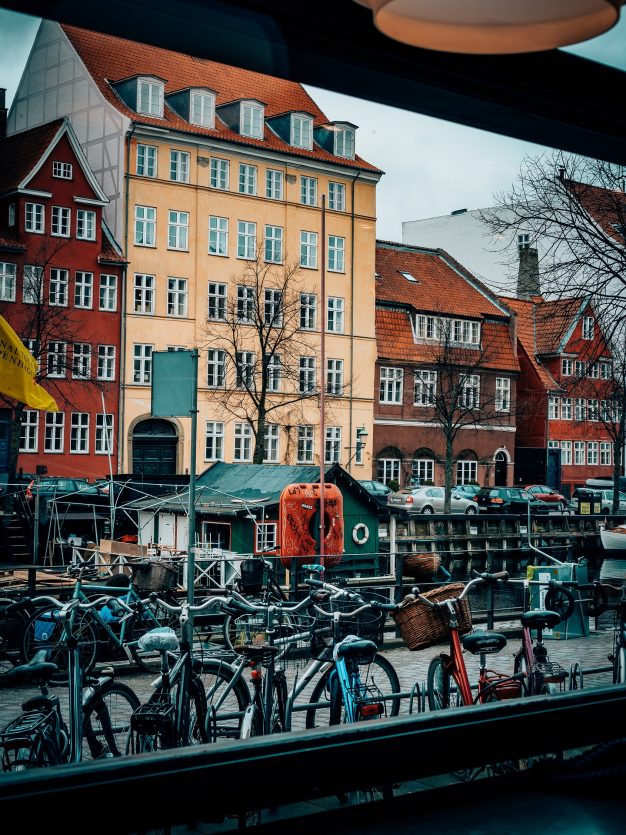
Tyra Grove of the SSI said: “The fact that the infection pressure has remained so stable below 1 in the last week is evidence that the first phase of the reopening has not yet pushed the spread of infection. This is probably due to both schools’ huge efforts to keep physical distance and ensure good hygiene. But it also indicates that people are generally still taking care.”
Pernille Rosenkrantz-Theil, Minister of Children and Education, added: “I know that the guidelines do not answer all the questions that are out there. But we are in ongoing dialogue with everyone from teachers and educators to institutions and municipalities, and we listen to the challenges they are experiencing.
“Some questions only appear when everyday life has begun, and we must then answer them as they emerge.”
‘Parents not slow to voice concerns’
That’s not to say there has been universal backing for the reopening of schools there. Many parents were not slow in voicing their concerns about whether it was safe. Social media was the forum of choice for many, including a large Facebook group called My Child Should Not Be a Corona Guinea Pig, which has more than 40,000 members.
But while Denmark has undoubtedly become a focal point for other countries assessing what the next move might be, it’s worth remembering that there have been fewer than 600 deaths in total there. On Friday 15 May it reported no coronavirus deaths for the previous 24 hours, the first time this had occurred since 13 March. Its total number of cases rose by 78 to 10,791. Kåre Mølbak, head of the SSI, went on to say that he believed it was ‘very unlikely’ there would be a second wave of coronavirus in the country.
The Netherlands has also recently reopened primary schools, but with strict controls in place so that children can – as much as is practically possible – be kept apart. For example, at one school in the city of Breda, children in the younger years, aged 4 and 5, are being taught about the continued importance of hand washing during the school day, and staying within their particular ‘cluster’. In many cases children have been separated from friends they were with before the schools closed, but this is purely a result of the logistics of the school having to reorganise numbers and split classes up in order to comply with the government’s guidelines. Nor are there any unrealistic expectations on the youngest children to ‘socially distance’ from each other, for instance at playtimes. There are three staggered times for dropping off and collecting children from school – with parents not allowed through the school gates. Children go to school two regular days, plus alternate Wednesdays.
‘Older children trusted to follow measures’
And while older children, such as those in the final year, have also found their class split into groups spread across the day, they are also trusted to be able to follow certain social distancing measures. For example, they are told that they must keep at least 1.5 metres away from their and other teachers, while playtimes are also controlled so that there is not more than one group at a time playing together.
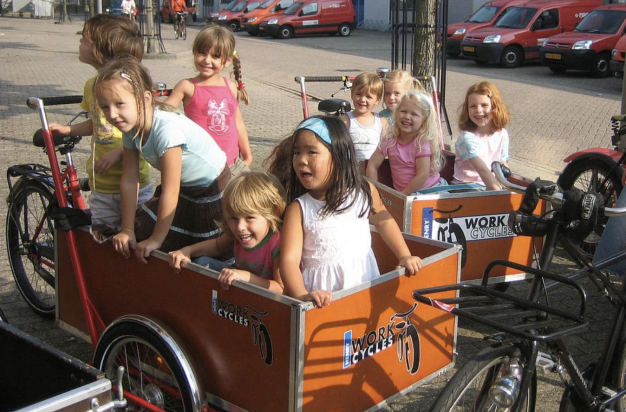
It’s worth pointing out however that before the schools reopened on 11 May, a significant number of teachers were against the idea, describing it as ‘too risky’. A survey of around 1.250 teachers jointly conducted by national newspaper Algemeen Dagblad and education research body DUO found that more than a third of respondents believed it was ‘irresponsible’ to reopen the classrooms. Although around three quarters backed the principle to reopen schools, they believed that the government was jumping the gun by not waiting for the results of an investigation by the National Institute for Public Health and the Environment (RIVM) into the contamination risks by young people. Teachers were also noticeably worried about contracting the virus themselves from pupils.
The RIVM says that while the study is still ongoing, early indications are that children under the age of 12 were not the first infection in the family. Children who were found to be infected with COVID-19 were less likely to have symptoms than adults. Respiratory symptoms, such as sore throat, coughing and nasal colds, were less common in children than in adults. More information is expected in the coming weeks. Secondary schools have now been given the go-ahead to start opening from 2 June, and they are still working out the logistics of how this will be implemented, given that the class sizes will be much reduced in order to ensure that students can keep their distance. This is a major logistical challenge for schools, and to help them many have already informed students of who will still be required to do final exams, and who will effectively be awarded a ‘pass’ for the year.
‘Some cities have openly criticised governments’
Elsewhere, the starkest polarisation of opinion appears to be in the United Kingdom, where many teaching unions and even individual cities have openly criticised government plans for a phased return to schools from 1 June.
So far, the government has said that it ‘anticipates, with further progress,’ being able to ‘welcome back’ more children to early years, schools and further education settings from 1 June. But this, it added, would only be done provided that the five key tests it previously set out ‘justified the changes’. These are – 1) making sure the National Health Service can cope; 2) There is a ‘sustained and consistent’ fall in the daily death rate; 3) Rate of infection decreasing to ‘manageable levels’; 4) Ensuring supply of tests and PPE (personal protective equipment can meet future demand; and 5) Being confident that any adjustments would not risk a second peak that would overwhelm the health service.
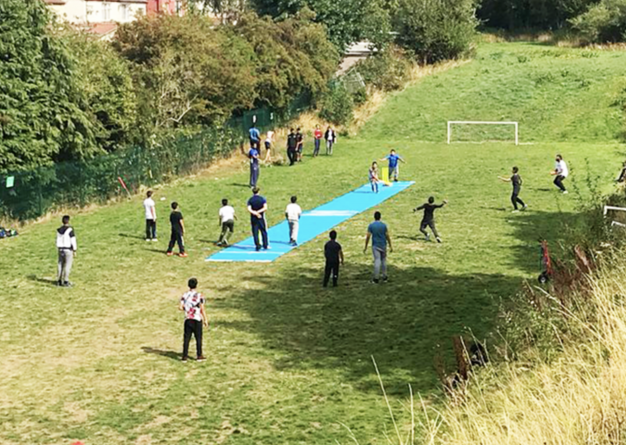
While the government is now fairly confident that it has passed the ‘peak’ for infections, the daily death count remains in the hundreds, which tends to suggest that the UK remains several weeks behind some of its European neighbours.
‘Infections remain too high’
This, taken with ongoing concerns about a lack of definitive evidence on how children pass on the virus to adults, plus teachers’ worries about their own safety, means there is no guarantee at all that anywhere near as many schools will reopen on 1 June as the government would like. The British Medical Association, which represents the largest body of doctors in the UK, recently wrote to the National Education Union, offering its support and saying that it believed the number of coronavirus infections remained too high. It said that teaching unions had been ‘absolutely right’ to urge caution and first prioritise testing.
The leaders of some major cities in England have already come out and said they do not support the government’s decision to open at the start of June. One of these is Liverpool, where the leader of the city council, Joe Anderson, said he was ‘minded to resist’ the reopening date because of safeguarding concerns. Steve Reddy, Director of Children and Young People’s Services at Liverpool City Council, has gone as far as writing to parents to tell them that the council does not expect schools to reopen to any pupils beyond the key workers’ children who – as also seen nationally – have been able to go to school throughout the lockdown.
‘We will not pressure anyone’
He wrote: “Our guiding principle is that schools can only re-open to other pupils when it is safe to do so and not a moment before. Only once we can be sure that schools are safe for both children and staff will they be able to open to more children. The safety of your child, and of our staff, is our top priority.
“We will not be pressuring anyone to send their child to school since you know your children and personal situation best. Once you have all the information, you will be able to make an informed decision,” he added.
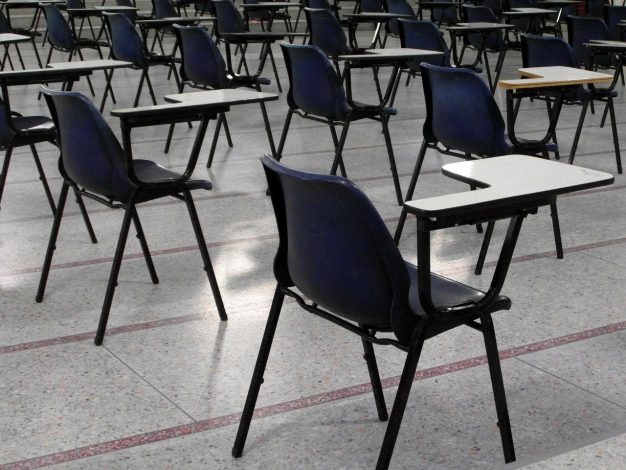
Not too far away, in Bury, part of Greater Manchester, the local council has also written to headteachers to say the reopening of schools would pose ‘an unacceptable risk to pupils, staff and communities of vulnerable people’. The council added that they planned to lobby the government for a delayed, and more planned restart. However, the final decision to reopen would be left to each governing body or trust in that authority, as to whether it followed the council’s recommendation or reopened classrooms regardless.
‘Educational gaps are growing in lockdown’
But what of the opposite view? The Institute for Fiscal Studies, an influential economic research body, says that educational gaps are growing during lockdown, and claims that children from more affluent households are spending around 30 per cent more time each day on educational activities than their peers from the poorest families.
This is based on a survey it carried out of over 4,000 parents, which suggested that online classes and other active teaching methods are far more prevalent in the private sector than in the state sector. Even within the state sector, higher-income pupils are more likely to attend schools that provide online teaching.
Alison Andrew, Senior Research Economist at IFS and co-author of the report, said: “Children in lower-income households are less likely to have their own space for schoolwork and less likely to have a computer or tablet to use for school.
‘Stop squabbling and work together’
“On average, the state schools that lower-income children attend are also less likely to provide online classes and other interactive activities than the state schools that higher-income children attend, leaving children more reliant on their parents for help. But less than a third of parents in the poorest fifth of families would send their child back to school if given the choice, compared with half of parents from more affluent backgrounds. This risks leaving the children least able to cope with home learning remaining at home even as their better-off classmates return to school,” she added.
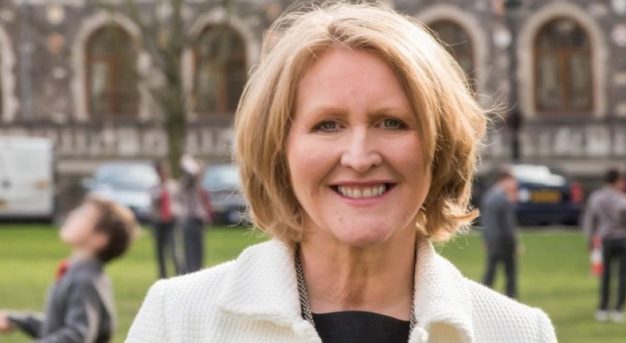
Anna Longfield, the Children’s Commissioner for England (pictured above), has also added her influential voice to the debate, urging the government and teaching bodies to ‘stop squabbling’ and work together to ensure that schools, in whatever form it may be, can reopen as soon as possible.
“I am disappointed that the debate about when some primary school kids can return has descended into a squabble between Government and the teaching unions,” said Ms Longfield.
‘Agree a staggered, safe return’
“All sides need to show a greater will to work together in the interests of children.
“We know there are thousands of vulnerable children who need to be in school. We know that the longer schools are closed the greater the impact will be on social mobility and that many children are really struggling without seeing their friends and the structure that school brings. We need to face the reality that, for a number of reasons, there are hundreds of thousands of children who can’t access meaningful education at home.
She said that we could not afford to wait fora vaccine ‘which may never arrive’ before children are back in school, and added: “It’s time to stop squabbling and agree a staggered, safe return that is accompanied by rigorous testing of teachers, children and families.”
‘There is no definitive right decision’
So what next? The only thing that seems clear to all concerned is that there is no definitive ‘right decision’ to take. Every country has dealt with the pandemic in its own ways, based on its own health, economic and geographical nuances – and it’s exactly the same for schools.
Nobody would argue with the assertion that prolonged closures have an adverse effect children’s education. If only it was that simple. The counter argument, of course, is that by sending children back before there is a larger body of evidence available on how the virus is carried and transmitted by children, then you are risking the outbreak of a ‘second wave’. Were that to happen, then we might all be back to square one, with full lockdowns – possibly even more rigorously enforced than before – a reality.
The eyes of the world are now, more than ever, on our children.


